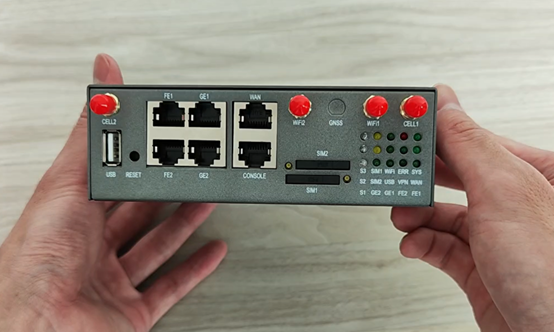Differences between home routers and 4G/5G industrial routers
Industrial 5g cellular routers are suitable for harsh environments that require long periods of unattended operation.

Routers are very common in life, but there are also enterprise and industrial routers.
What are the characteristics of industrial-grade routers?
This type of router can utilize cellular networks to provide data transmission. It is widely used in animal husbandry, advertising industry, remote sensing survey, transportation, CCTV and other areas suitable for unattended operations.
The environment in these areas is usually harsh, and industrial routers need to work without failure for a long time, and the network can repair itself when a failure occurs.
Industrial-grade routers usually have more functions than home routers, such as serial ports, DIO, GPS, SNMP, unified management platform, etc. Industrial routers generally use industrial-grade components, which are resistant to high temperature, low temperature, and vibration.
Different from home routers, the purpose of industrial routers is not to obtain a high-speed network, but a more stable network, so the network port is generally 100M. And WiFi speed is generally not higher than that of home routers.
But there are exceptions, such as E-Lins’ 5G dual-SIM industrial router H900f. In terms of interfaces, it has 1 Gigabit WAN port, 2 Gigabit LAN ports, 2 100M LAN ports, USB, and can also support RS232 or RS485 serial ports. It also supports two built-in independent WiFi modules, which can support up to WiFi6. E-Lins' industrial-grade 5g cellular router supports 5G and is backward compatible with 4G and 3G. Now H685f and H900f have been promoted in many regions in Europe, Asia and Australia.
5G has a faster rate than 4G, can easily build high-speed, stable wired and wireless transmission networks, supports data collection, and uses public 5G/4G networks to provide users with wireless long-distance data transmission functions. Welcome to consult us at any time!

 Networking
Networking EMBEDDED SYSTEMS
EMBEDDED SYSTEMS Switches
Switches Wireless Solutions
Wireless Solutions Industrial Computer
Industrial Computer Cloud Services
Cloud Services



